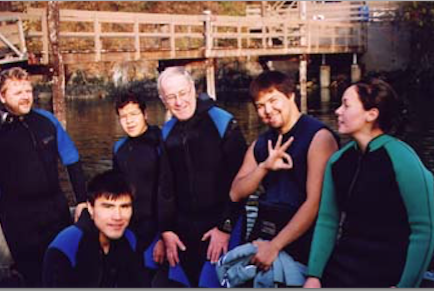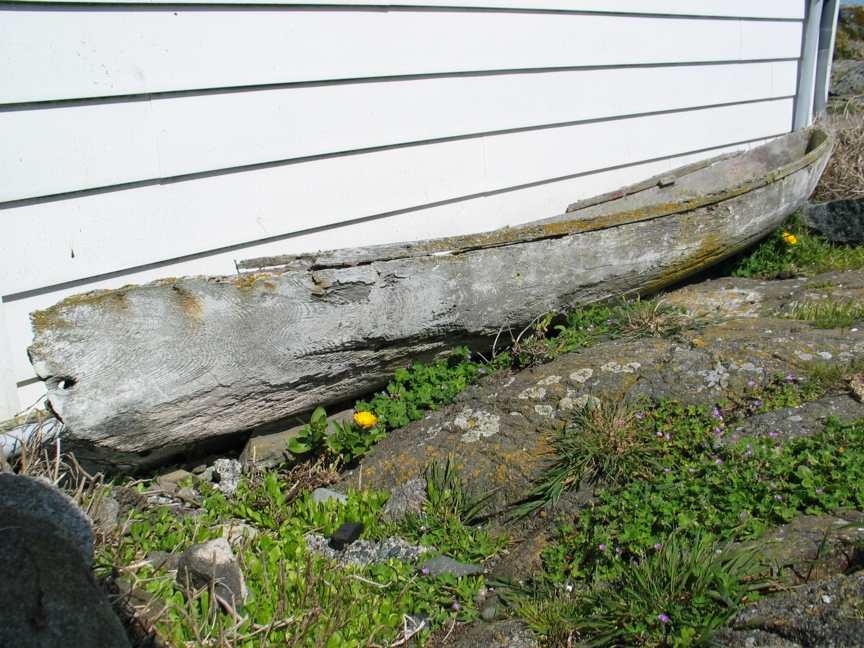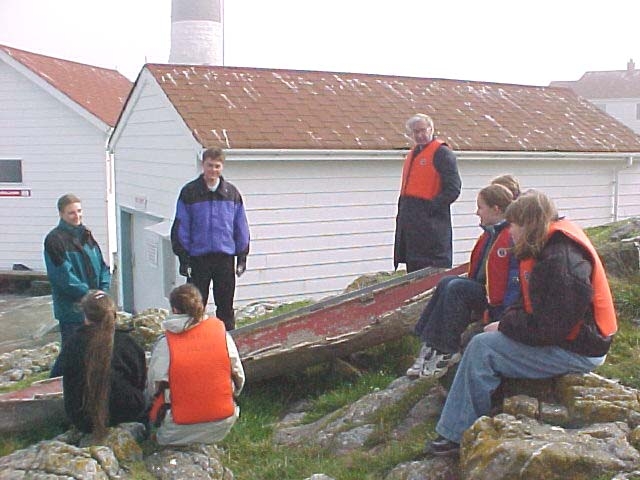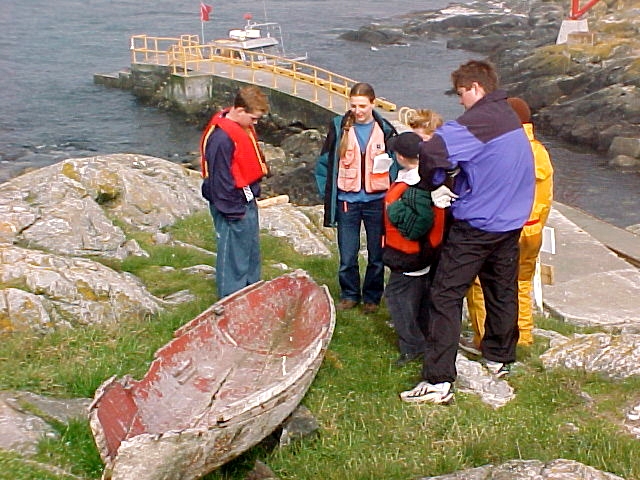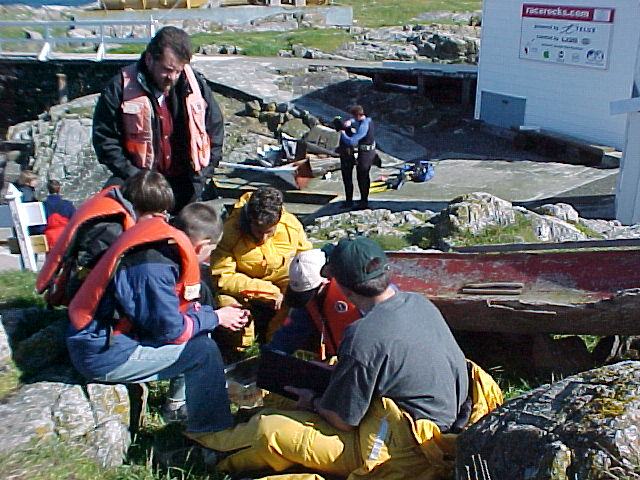“The Rock was ours.” Race Rocks Weekend
article and photos by Jeremias Prassl with group Naja, Angie, Ahmad, Josh, Roberto
It was after a week of painful Mock exams (or Group IV projects…), that we made our way out to Race Rocks on a beautiful Friday afternoon. Mike and Carrol, the light house guardians, had gone to town for the weekend, and so The Rock was ours. Second Nature was packed up high with our bags, food and dive gear as we left Pearson with Garry. The task list for the weekend included digging a trench for a new camera, fulfilling all island duties, and doing underwater camera work during our dives.
Saturday started with a surprise visit: A military Zodiac pulled up the docks, and two commandos informed us that they were looking for “the explosive”.
-

-
Jeremias and the tower
-

-
Roberto
-
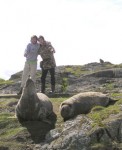
-
Elephant seals
-

-
Moulting elephant seal
-
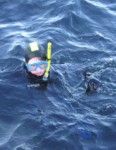
-
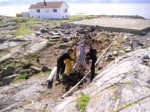
-
Students installing the wires for camera 5
As we soon figured out, a grey cylinder the Navy had lost off one of their vessels had been washed ashore at Race Rocks – and it was still active! But with their gear, the soldiers took care of it within a few minutes. For the rest of the morning we were busy with digging a trench in the rocky ground – we definitely earned the big lunch that followed. In the afternoon we strolled around the intertidal zone with our learned guide Josh, before we got ready for a dive. We were treated to the usual beauty of the Marine Protected Area underwater, and after our air had run out we went for a snorkelling trip. The day was finished by a chocolate fondue under the constantly turning light on top of the lighthouse.
When Mike and Carrol came back, they brought their grandchildren Mike and Chris, and we took them around for an exploration of the island, including the two female elephant seals lazily in the sun. When Garry came to pick us up after a second dive Sunday afternoon, we would’ve all done a lot to stay longer… for a few more days of our great weekend. A special thanks to Chris and Garry for all their assistance!
http://web.archive.org/web/20070710010854/http://peernet.lbpc.ca/thelink/040904/04aRaceRks.html
originally published at : http://peernet.lbpc.ca/thelink/040904/04aRaceRks.html
April 9 2004 The Link number 63
 The Race Rocks taxonomy is a collaborative venture originally started with the Biology and Environmental Systems students of Lester Pearson College UWC. It now also has contributions added by Faculty, Staff, Volunteers and Observers on the remote control webcams.
The Race Rocks taxonomy is a collaborative venture originally started with the Biology and Environmental Systems students of Lester Pearson College UWC. It now also has contributions added by Faculty, Staff, Volunteers and Observers on the remote control webcams. 
